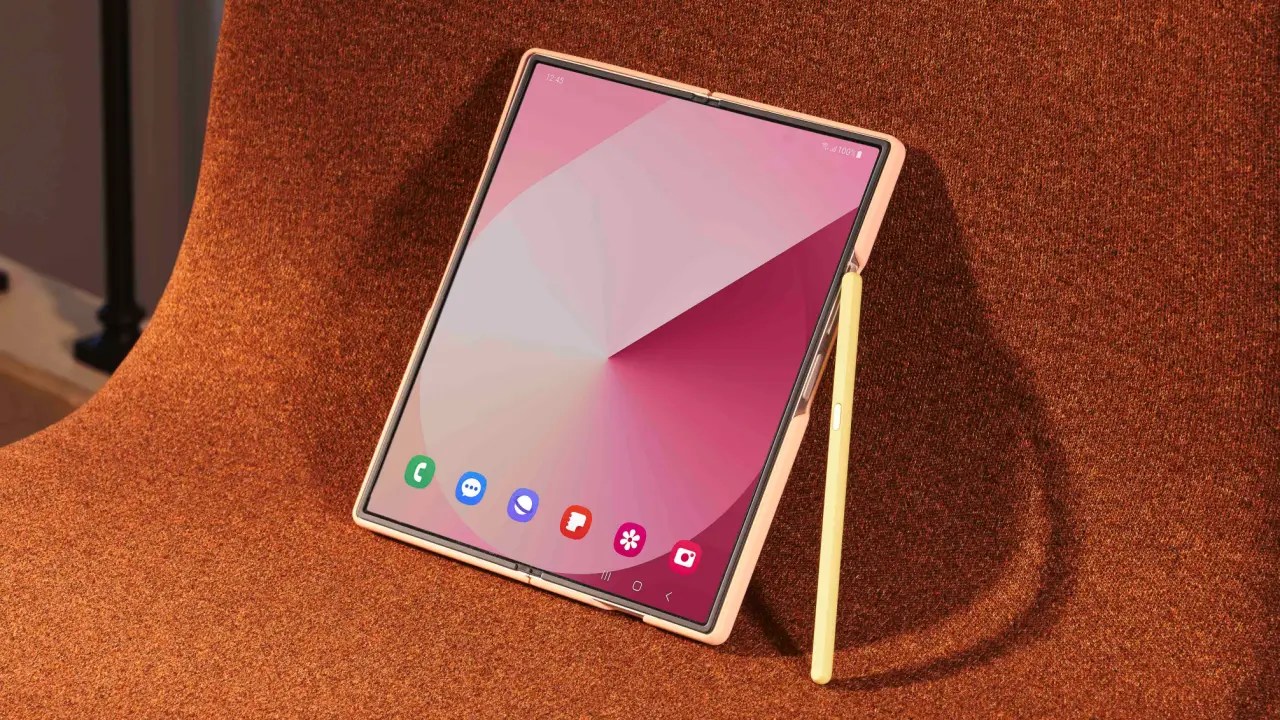Sony has somehow managed to surpass its own high standards for active noise-cancelling headphones, and I’m struggling to comprehend how it achieved this feat. My only logical conclusion is that the company must have a team of highly skilled engineers and designers working behind the scenes. Given the exceptional quality of last year’s model, the WH-1000XM5, I wouldn’t have thought it possible for Sony to improve upon it. However, the WH-1000XM6 (despite its unremarkable naming convention) boasts an array of new features, including a revamped design that folds, a new processor, updated drivers, and additional microphones, which collectively make a significant impact.
The XM6 ANC headphones have very few drawbacks. While the estimated 30 hours of battery life is respectable, I still crave more time between charges. The only notable con is the substantial $450 price tag, but it’s worth noting that Apple’s AirPods Max are priced even higher at $550.
Sony WH-1000XM6
The Sony WH-1000XM6 outperforms its predecessor in virtually every aspect, making it the top choice for headphones this year, regardless of whether noise-cancelling is a priority or not.
Pros
-
Exceptional sound and call quality -
Powerful active noise-cancellation -
Foldable, comfortable design -
Feature-rich companion app
Cons
-
Battery life could be longer -
Pricey
At first glance, the refinements Sony made to the XM6 may not be immediately noticeable. However, these upgrades collectively contribute to a more comfortable and polished pair of headphones. The leatherette over-ear cups provide a nice passive noise-cancelling seal, the headband is wider for improved weight distribution, and it’s great to see Sony listened to feedback and made them foldable again. Even minor details like a larger power button that’s easier to press are worth appreciating.
Sony is playing it safe with the standard black, silver, and midnight blue color options, but hopefully, more interesting shades will be introduced in the future.
Connecting the XM6 to your smartphone or laptop is a straightforward process. As soon as you open the included magnetic hard case, you’ll receive a pairing prompt on your phone, which guides you through the process of connecting the headphones via Bluetooth. Although the initial pairing process takes less than three minutes, I wish it were faster, similar to modern wireless earbuds.
If you use the headphones correctly, you’ll rarely need to touch your phone. Unlike AirPods Max, you can control audio from the touch-sensitive surface on the right ear cup using taps and swipes. A double tap plays and pauses audio or answers and rejects a call, while a forward or backward swipe switches to the next and previous track, respectively. Swiping up or down adjusts the volume, while holding your hand over the earcup launches Quick Attention, which pauses audio until you remove your hand. Additionally, you can nod your head or shake it to answer or reject a phone call.

The NC/AMB button (noise cancellation and ambient noise mode) has multiple functions. Pressing it twice allows for Quick Access to a chosen app (Amazon Music, Spotify, or Endel). You can program a second app to launch with three taps, but you’ll need the Sony Sound Connect app (previously called Headphone Connect) to configure that.
I often find myself torn between Bose and Sony when it comes to noise-cancelling technology. Currently, Sony has taken a significant lead. In its pursuit of silence, or at least a quieter environment, Sony has introduced its new QN3 processor and 12 upgraded microphones (compared to eight on the XM5). The company has also incorporated AI noise reduction, which was trained on over 500 million voice samples. The result is remarkably quiet phone and video calls. Additionally, the XM6 features a refreshed AI Noise Optimizer, which identifies and eliminates ambient noises.
I took the XM6 and the Bose QuietComfort Ultra headphones on a trip on the New York City subway, a location filled with various smells and noises. While neither pair of headphones could eliminate the unpleasant odors, they both effectively reduced the noise. In terms of regular train noises, the XM6 was slightly better at muting the din without any music playing.



 Source Link
Source Link

